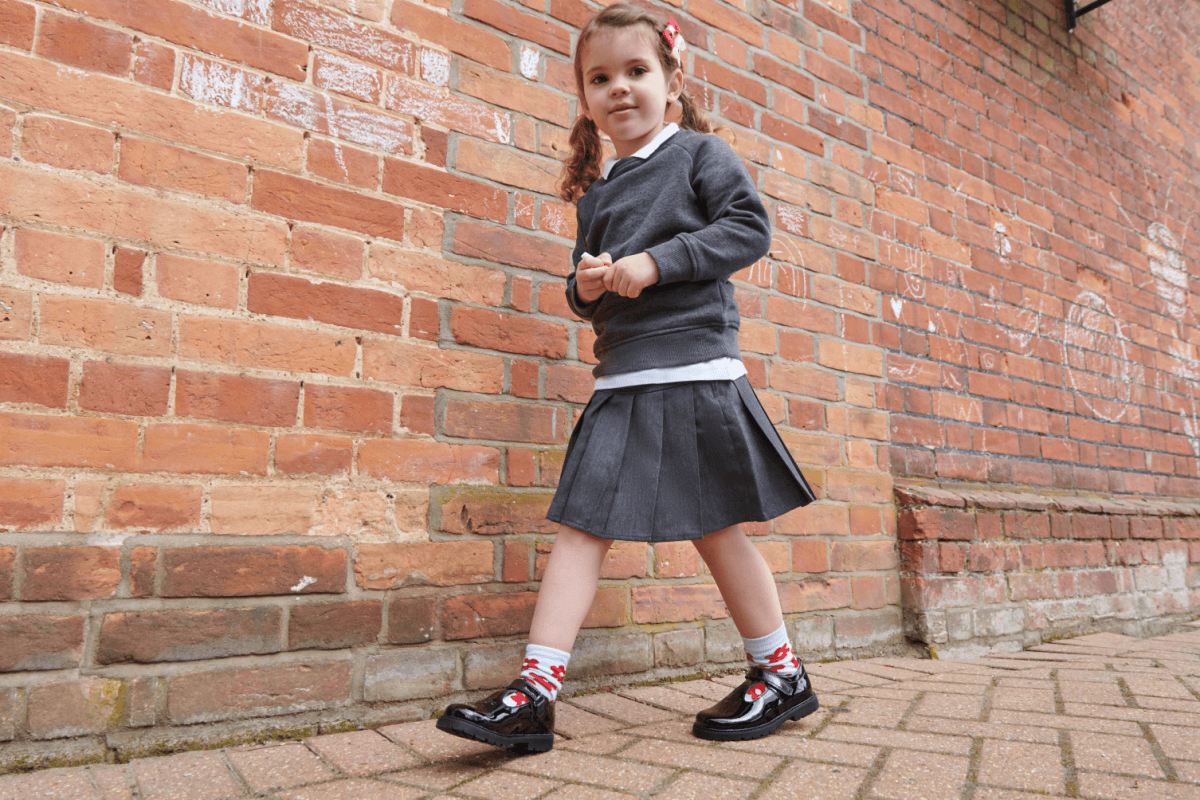
No doubt most of us remember putting on our own school uniform each day – tweaking and adjust it as much as possible to be a little more unique whilst still being within the guidelines! But are uniforms a good thing? Should they be banned? In this article we look at the history of school uniforms, the reasons behind them, and debate whether they should or shouldn’t be banned.
Did you know - school uniforms in the UK have a long history dating back to the 16th century!
The tradition of wearing uniforms in schools began in charity schools, where children from disadvantaged backgrounds were provided with clothing to ensure they were properly dressed for school. Over time, the concept of school uniforms spread to other educational institutions, including public and private schools.
It wasn’t until the 19th century that school uniforms became more standardised and were seen as a way to instil discipline and a sense of order among students. The uniforms often reflected the social and cultural norms of the time, with boys wearing suits or blazers and girls wearing dresses or skirts.
During the 20th century, school uniforms continued to evolve, with some schools adopting more casual attire such as polo shirts and less formal looking school shoes. However, the basic idea of a uniform remained, emphasising equality, identity, and a sense of belonging within the school community.
Today, school uniforms in the UK vary in style and design, but the underlying principles of promoting unity, equality, and a conducive learning environment remain central to their implementation.
School uniform are considered important for a number of reasons. However, for similar reasons, there is also a large number who believe that uniforms should be a thing of the past.
One of the main reasons to having a uniform is to promote a sense of unity among students. Uniforms help create a level playing field, reducing social and economic inequalities by eliminating visible markers of wealth or fashion. They also contribute to a more focused learning environment by minimising distractions related to clothing choices. Additionally, uniforms can enhance school safety and security by easily identifying students and distinguishing them from outsiders.
Debates are never one-sided and this goes for the importance of school uniform too. Many think the benefits far out-way any drawbacks, but others believe that school uniforms are best left in the past. If you’re still debating this yourself, we’ve listed some of the top reasons, both for and against, school uniforms to help you decide:
Pros:
Cons:
This isn’t an exhaustive list, and arguments, for or against, uniforms may vary depending on your individual perspectives and experiences. Each school or academy’s uniform is decided by its governors or the local education authority who will have their own requirements to consider.
And while the jury may be out on uniform, what we do know for sure is that by choosing a pair of our casual or school shoes, you can enjoy peace of mind knowing that your child's feet are taken care of.
Author: Amanda, published 30-01-2024.